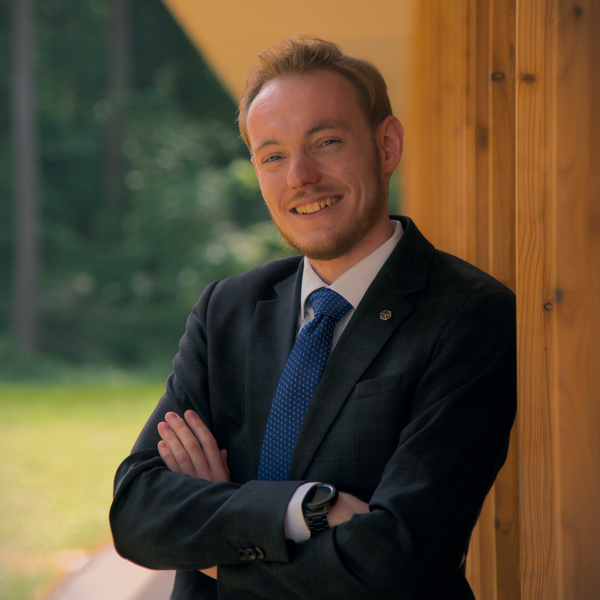A list of publications is accessible via the following link:
https://juser.fz-juelich.de/search?ln=de&p=Niklas+Eyckeler&f=&action_search=Suchen&c=JuSER&sf=&so=d&rm=&rg=10≻=1&of=hb

PhD Student & Data Management Officer in the Electrochemistry Department
Forschungszentrum Jülich GmbH
Wilhelm-Johnen-Straße
52428 Jülich
Institute of Energy Technologies (IET)
Grundlagen der Elektrochemie (IET-1)
Gebäude 09.8 / Raum 302
I’m a proactive, teamwork-oriented doctoral student in Chemistry with over two years of research experience at Forschungszentrum Jülich and RWTH Aachen University. With a Master’s degree earned with distinction and recognition as a Dean’s List member, I am passionate about leveraging modern science to shape a better future through international cooperation.
My work is driven by a commitment to advancing scientific progress by blending experimental and simulation techniques, optimizing data use, and developing innovative methods to streamline scientific workflows. Creating visually compelling research data presentations, especially in 3D graphics and visualizations, is a core part of my approach to making complex findings accessible and engaging.
Furthermore, I am dedicated to advocating for tolerance, diversity, and inclusivity within the scientific community, particularly on issues related to ethnic backgrounds and the LGBTQ community.
My doctoral research investigates the degradation mechanisms in commercial high-temperature Solid Oxide Electrolysis Cells (SOECs), specifically focusing on nickel migration and agglomeration. This project seeks to advance understanding in the field by combining empirical data with advanced numerical simulations to refine and expand an existing Multiphysics model, currently representing the cell in a stationary, non-degraded state.
Experimental work therefore includes electrochemical and microstructural analyses, which are performed across varied timeframes to collect crucial performance data. This information then supports model development using the Finite Element Method (FEM) in COMSOL Multiphysics.
By the conclusion of this project, my goal is to deliver a comprehensive model that not only captures essential degradation processes but also serves as a framework for predictions helping to pinpoint promising materials for future SOEC designs.